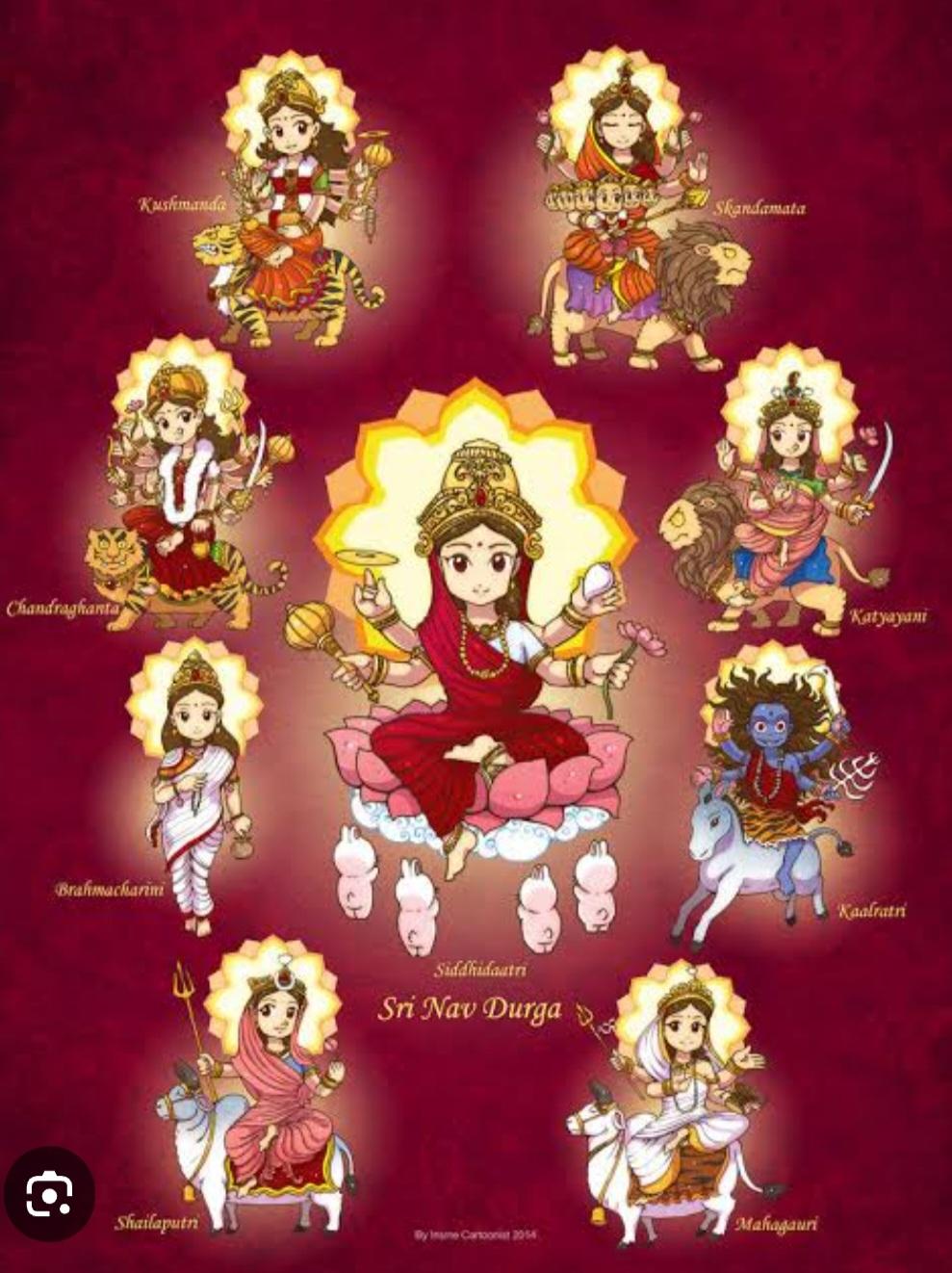Navratri is a Hindu festival celebrating Goddess Durga and her nine forms, known as Navadurga, with each day honoring a distinct manifestation of the divine feminine.
Here's a more detailed look:
The Significance of Navratri:
Devotion to the Divine Feminine:
Navratri is a time of devotion to the divine feminine, represented by Goddess Durga, who is considered an aspect of Adi Parashakti, the supreme goddess.
Nine Manifestations:
The festival celebrates the nine forms of Goddess Durga, each representing a different aspect of her power and energy.
Symbolism:
The nine days of Navratri are believed to be a time for spiritual cleansing and preparation, with devotees fasting and praying to seek blessings and divine favor.
Celebration of Good over Evil:
Navratri is also a celebration of the triumph of good over evil, with the legend of Goddess Durga's battle against the demon Mahishasura being a central theme.
The Nine Forms of Goddess Durga (Navadurga):
Shailputri:
The first form, worshipped on the first day, is seen as a symbol of strength and purity, often depicted with a bull.
Brahmacharini:
The second form, worshipped on the second day, represents austerity and discipline.
Chandraghanta:
The third form, worshipped on the third day, is a symbol of peace and tranquility.
Kushmanda:
The fourth form, worshipped on the fourth day, is known as the creator of the universe.
Skandamata:
The fifth form, worshipped on the fifth day, is a symbol of motherhood and nurturing.
Katyayani:
The sixth form, worshipped on the sixth day, is known for her ability to grant boons and protect her devotees.
Kalaratri:
The seventh form, worshipped on the seventh day, is a symbol of darkness and destruction.
Mahagauri:
The eighth form, worshipped on the eighth day, is a symbol of purity and grace.
Siddhidhata:
The ninth form, worshipped on the ninth day, is known for granting wishes and fulfilling desires.

